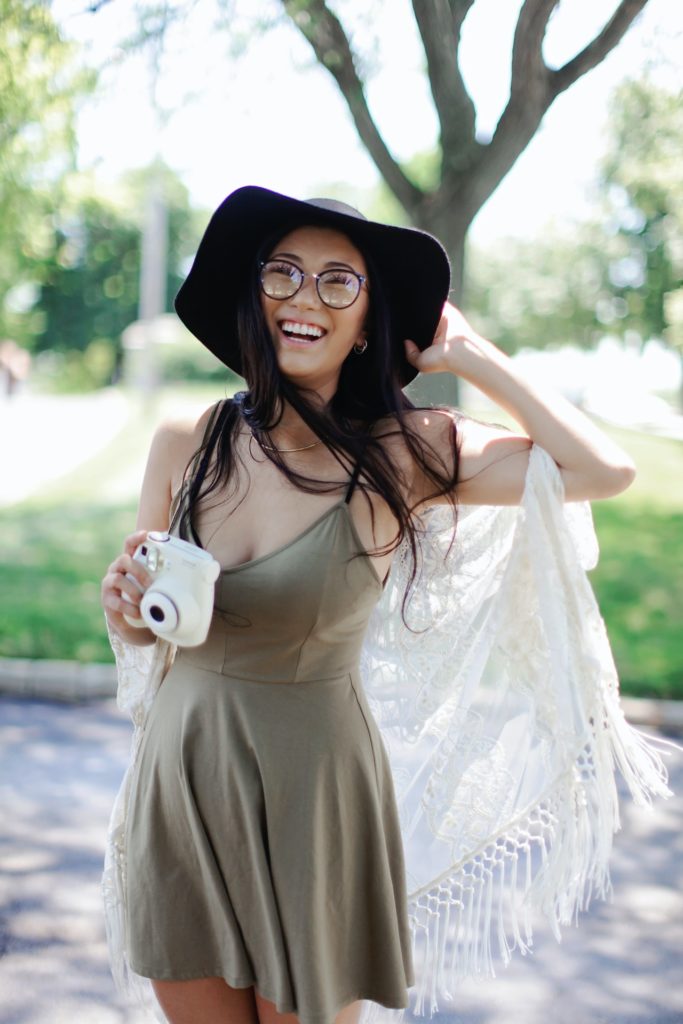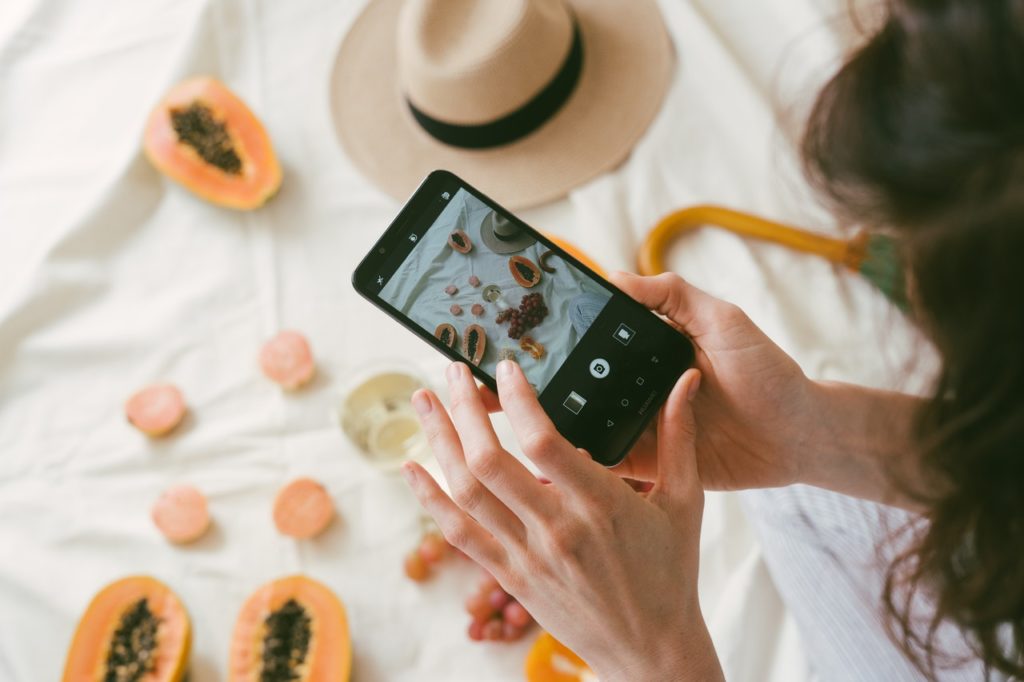Our friends at Meltwater Media Monitoring have published a piece about how social media influencers and content creators are not the same thing, and why understanding the difference will help your brand:
While influencer marketing has become a mainstay for marketers, this doesn’t mean that marketers should start getting comfortable. As social apps start to integrate more creative functions to suit their users’ needs, an increasing number of users have started to become creators in their own right.
Anyone with a smartphone can create content, but those that create unique, high-quality content have risen to join the ranks of top influencers.

However, marketers often only consider partnering with ‘traditional’ influencers — influential tastemakers that usually have a large following. While these individuals may not necessarily create posts of high quality, their ability to leverage their fans makes them attractive to marketers seeking to promote their brand.
While creators can become influential and influencers do often create their own content, they aren’t one and the same.
Marketers shouldn’t make the mistake of conflating them. Here’s why:
Influencers and content creators have different impacts on their audiences
Marketers increasingly understand the need to shift from ‘vanity’ metrics such as ‘likes’ towards engagement metrics such as ‘views’ and ‘impressions’. This also means that influencer marketing isn’t used just for the purpose of attracting eyeballs. Brands must engage the individuals that best suit their campaign objectives and KPIs.
For example, a beauty brand looking to raise brand awareness might engage a beauty influencer to create a sponsored post, then track impressions on their posts, or audience growth on their social media.
A YouTuber that uses the same products as part of a morning routine video or beauty challenge, on the other hand, can generate interest in your product that leads to greater click-throughs to your product page.
The main difference is that influencers act as an amplification channel for your content or product, driving awareness through reach, which can generate sales with the right target group.
Content creators, on the other hand, incorporate your product into their own content styles — be it beauty routines, funny challenges, or breathtaking photographs. These creators may not have a large following, but often have loyal audiences that are already interested in the form of content they produce. As such, they score greater points for relatability.
Think of influencer marketing as a form of brand partnership
Gone are the days when influencers are willing to plug your brand or product in exchange for free goods or cash. Influencers now hold greater accountability to their followers, meaning that it is imperative for them to be honest about sponsorships and create more authentic content.
According to Campaign, some factors that determine if a user decides to follow an influencer include how “real” their content is, how well-intentioned their posts are, and whether or not the content or products they endorse are in keeping with their usual style.

This means that influencers are likely to be more selective with the brands that they choose to work with. An influencer such as Liv Lo (@livlogolding), for example, builds her personal brand around her sustainable lifestyle and the use of environmentally-friendly, organic products. Liv Lo features cruelty-free skincare brands on her Instagram page and isn’t shy about criticising brands that aren’t as supportive of environmental initiatives.
Top influencers hold even greater prestige and control. Apart from being awarded ‘verified’ badges on platforms such as YouTube or Instagram that cement their status as top dog, high-profile influencers are being provided exclusive features that allow them to directly drive social commerce.
Last year, Snapchat invited 5 top influencers to gain access to their in-app store function, allowing these influencers to sell their merchandise straight from the app. Instagram’s Creator profile, which was initially beta-tested on a small group of users, now allows influencers and creators to have more flexible profile controls, access to a dashboard of performance metrics, and the ability to create shoppable posts.
Creators are also being recognised for their influence. Events like VidCon celebrate the unique achievements of video creators and educate brands on how they should navigate the changing influencer landscape.
It’s clear that marketers can no longer expect to mould an influencer to their needs. Instead, marketers must learn to accept that influencers and creators are their own mini-brand. A successful partnership, therefore, depends on aligning the needs and values of both parties.
In order to find the right partners, use Meltwater’s Influencer Discovery tool. We help you to find influencers based on your audience’s demographic as well as your target market, industry, or topic. Their fans are already familiar with brands in your industry, ensuring that your content effectively targets the right audience.
Just like celebrity endorsements, influencer partnerships work well in the long-term
Influencer marketing should not involve too many one-off partnerships. As consumers seek out relatable, authentic content, “momentary endorsements” become less attractive to most brands and influencers. After all, consumers place less trust in influencers who readily promote a variety of brands.
Marketers should strive to create long-term partnerships with the influencers that they engage. While long-term partnerships generally reflect well on both the brand and its partner, these partnerships also help both parties solidify their fanbase.

Influencers who work with brands on a longer-term basis can leverage a variety of posts that better reflect their relationship with the brand over time. For example, an influencer is likely to attend events hosted by the brand, speak about related social issues, and review the brand’s products. If an influencer praises the brand’s offerings, their fans are more likely to believe them.
Brands that embark on long-term partnerships may also benefit from the influencer’s follower circles. These audiences are likely to relate the influencer with the brand and thus confer a sense of trust towards the products that they endorse. This also means that audiences are likely to feel a greater emotional connection with the brand, leading to more sticky customers.
Content creators, too, are valuable partners. Brands that make creators their partners can turn the artists’ style or content form into a part of their brand identity. This is especially true for organisations that manage recurring events.
Arts House Limited, for example, manages the Aliwal Arts Centre, which organises the annual Aliwal Urban Arts Festival. While the lineup for each year differs, the Urban Arts Festival consistently showcases local street dance crews and musicians. The festival has become synonymous with local street culture, while the Arts Centre has become the go-to venue for local indie dance and theatre shows.
Brands like Arts House Limited show a keen understanding of their own appeal and their audience’s interests. Likewise, brands that seek to effectively engage influencers as long-term partners must create campaigns that appeal to their key audiences.Meltwater’s Audience Insight reports allow you to understand the communities that drive conversations on your social media channels. Our tool helps you to discover your audience’s consumption habits, analyse shifts in their demographic, and identify key influencers within these groups. You can then use these insights to determine the trends and topics that resonate with your audience.
To move ahead, brands must shake off old conventions
Now that we’ve highlighted the reasons why marketers should understand the value of both traditional influencers and content creators, it’s imperative that they formulate an influencer marketing strategy that includes both facets.
As the social media landscape continues to change and include newer apps, functions, and trends that steal the headlines, social media marketers too must adapt to make sure that they stay ahead of the curve.
Original article by Violet Zhang, courtesy of Meltwater Media Monitoring. To view the original post, click here
Agent99 is an award-winning PR and communications agency based in Sydney. For more information about our services, contact us at info@agent99pr.com.
Further reading:
How to Harness the Power of Social Media Influencers During Challenging Times
Most People Baked Sourdough and Binged Netflix Throughout Coronavirus – I Got Addicted to TikTok!
